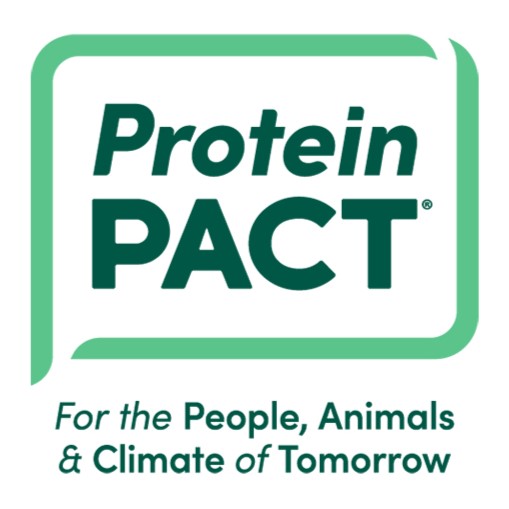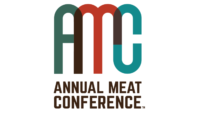Demand for sustainable packaging is on the rise.
The 2023 Buying Green Report, released in conjunction with Earth Day, suggests that despite rising consumer prices, consumers say they are increasingly willing to pay more for products in sustainable packaging.
Mike Rosinski, marketing director of the Cryovac division of packaging company SEE, said that his company offerings focus on sustainability, automation, and digital connectivity. He noted that, although there is movement from plastic to paper packaging, some products require plastic packaging. Given this necessity, SEE is trying to create end-to-end sustainable plastic packaging.
Rosinski sees sustainability initiatives as a current trend in the packaging industry, and his company is trying to meet the demand for more sustainable packaging options.
Clearly Clean Products LLC, a manufacturer of 100% recyclable food trays, is also working to provide sustainable options for packaging, offering sustainable options for the food industry.
Jimmy Herring, CEO of Clearly Clean Products, observed the consumer and corporate demand for more sustainable packaging options.
“Numerous citywide and countywide bans on polystyrene -- combined with consumer pressure and corporate sustainability goals -- are fueling the demand for eco-friendly packaging, like Clearly Clean’s recyclable trays,” Herring said.

His company recently launched a retail program, as well as their meatball and patty tray options, catering to this consumer and corporate demand for more sustainable solutions.
At the recent IFT First Annual Event & Expo, a session titled “What Solutions in Packaging Are Leading to the Reduction in Plastic Waste?” addressed this trending topic of sustainable packaging.
During this IFT First session, panelists emphasized the importance of recyclable packaging to meet consumer demand. At the same time, panelist Jamie Pero Parker said the current lack of a global recycling system, which can make it difficult to recycle.
Rosinski noted similar complications. “Whether or not it actually can become recycled depends on your local recycling capabilities,” Rosinski said.
He noted that, to accommodate for varying recycling capabilities, SEE can try to make their materials as compatible with those recycling processes as possible.
“And then again, we work with other stakeholders to try to establish those end of use recycling streams so that we can feed those materials back to our manufacturing processes and be able to reuse those materials again in a circular fashion,” Rosinski said.
Eric Mittenthal, chief strategy officer of the North American Meat Institute, noted the many benefits of sustainable packaging. Aside from the direct environmental impact, sustainable packaging also cuts down on the resources required to make more packaging products, Mittenthal said.
Another benefit to sustainable packaging is food waste reduction, he said. “The more that packaging can contribute to food safety, longer shelf life, or encourage consumer use that minimizes food waste, the better,” Mittenthal said. “These various reasons for adopting sustainable packaging aren’t always aligned, which is why it is important to balance things like food safety and shelf life with reusability to minimize our overall impacts as best we can.”





Report Abusive Comment